United Airlines is by far the most global of the “big three” US carriers, and understandably, a lot of people may want to accrue miles with the MileagePlus program, to jet off on adventures. In this post, I’d like to take a (relatively) brief look at MileagePlus miles, and the best uses of them.
When it comes to redeeming miles, I tend to think that United MileagePlus is somewhere between American AAdvantage and Delta SkyMiles, though unfortunately probably closer to the latter (I value MileagePlus miles at 1.1 cents each). Let’s talk about some of the logistics of redeeming MileagePlus miles, plus what I’d consider the best uses to be.
In this post:
How to earn United MileagePlus miles
There are tons of ways to earn United MileagePlus miles. Of course the most obvious way is by flying with United and Star Alliance airlines, and crediting flights to MileagePlus. However, there are plenty of other ways to earn the miles as well:
- United is transfer partners with Chase Ultimate Rewards, so you can transfer over rewards at a 1:1 ratio; this is useful if you have a card like the Chase Sapphire Reserve® (review) or Ink Business Preferred® Credit Card (review)
- United has a suite of co-branded Chase credit cards, so you can earn miles with big welcome bonuses, plus for ongoing spending; this includes cards ranging from the United Club℠ Card (review) to the United℠ Business Card (review)
- United MileagePlus sells miles directly, often at a discount; however, even when the program has a sale, the cost typically won’t get below 1.88 cents per mile
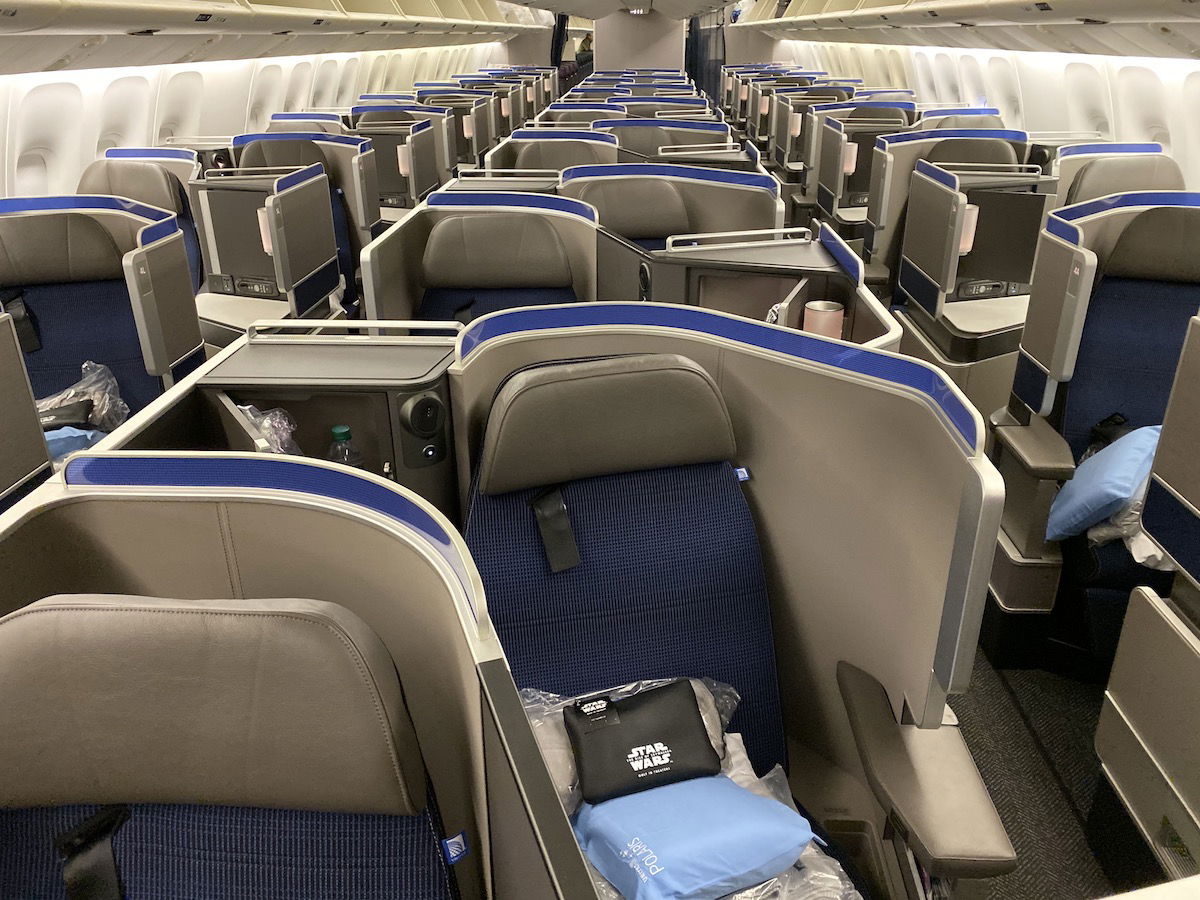
Basics of redeeming United MileagePlus miles
Let me go over the logistics of redeeming MileagePlus miles, from the mileage expiration policy, to change fees, and much more.
United MileagePlus miles don’t expire
United MileagePlus miles don’t expire, so that’s a nice policy. You never have to worry about keeping your miles alive, as they’ll continue to be valid, even without account activity.
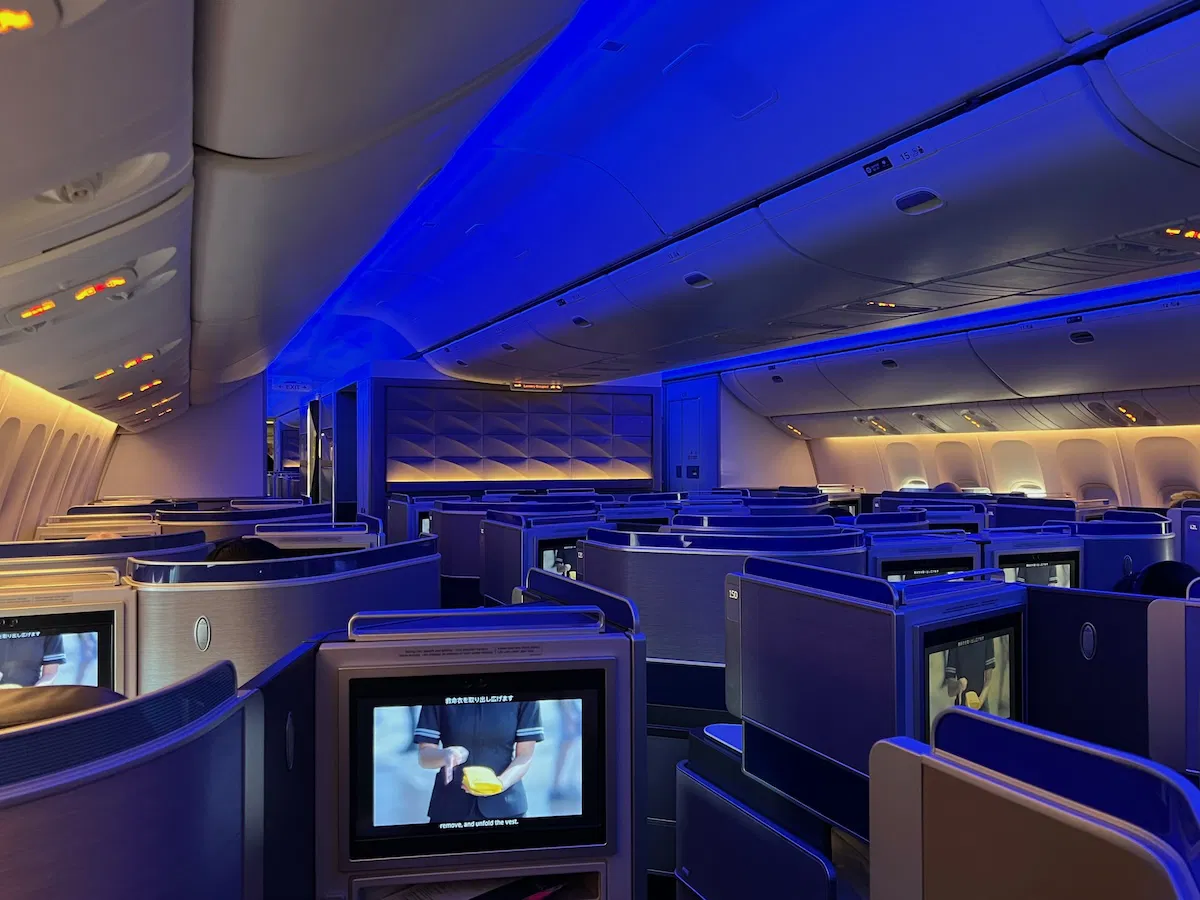
United MileagePlus has no change & redeposit fees
United MileagePlus has no change or cancelation fees, so you can change or redeposit an award at no cost, and even get the taxes and fees that you paid back. This offers awesome flexibility, and is one major upside compared to the Star Alliance’s two other most lucrative frequent flyer programs, which are Air Canada Aeroplan and avianca lifemiles.
United MileagePlus has dynamic(ish) award pricing
United MileagePlus doesn’t publish an award chart, both for travel on United and for travel on partner airlines. So across the board, pricing can change at any time.
Award pricing for United flights is all over the place and constantly fluctuating. However, there is some consistency to partner award pricing, so while the prices aren’t published, we have a general sense of how much a partner award will cost. Note that the lowest level award costs get marginally more expensive as the departure date approaches.
United MileagePlus awards count for elite status
If you’re going for elite status with United MileagePlus, it’s cool that award flights potentially count toward elite status. Specifically, if you redeem MileagePlus miles for travel on United or United Express, you’ll receive one Premier Qualifying Point (PQP) for every 100 miles redeemed, as well as one Premier Qualifying Flight (PQF) for every flight completed. In other words, United is valuing each MileagePlus mile at one cent for these purposes.
Note that award flights don’t count toward MileagePlus lifetime elite status, which is still based on revenue flight miles.
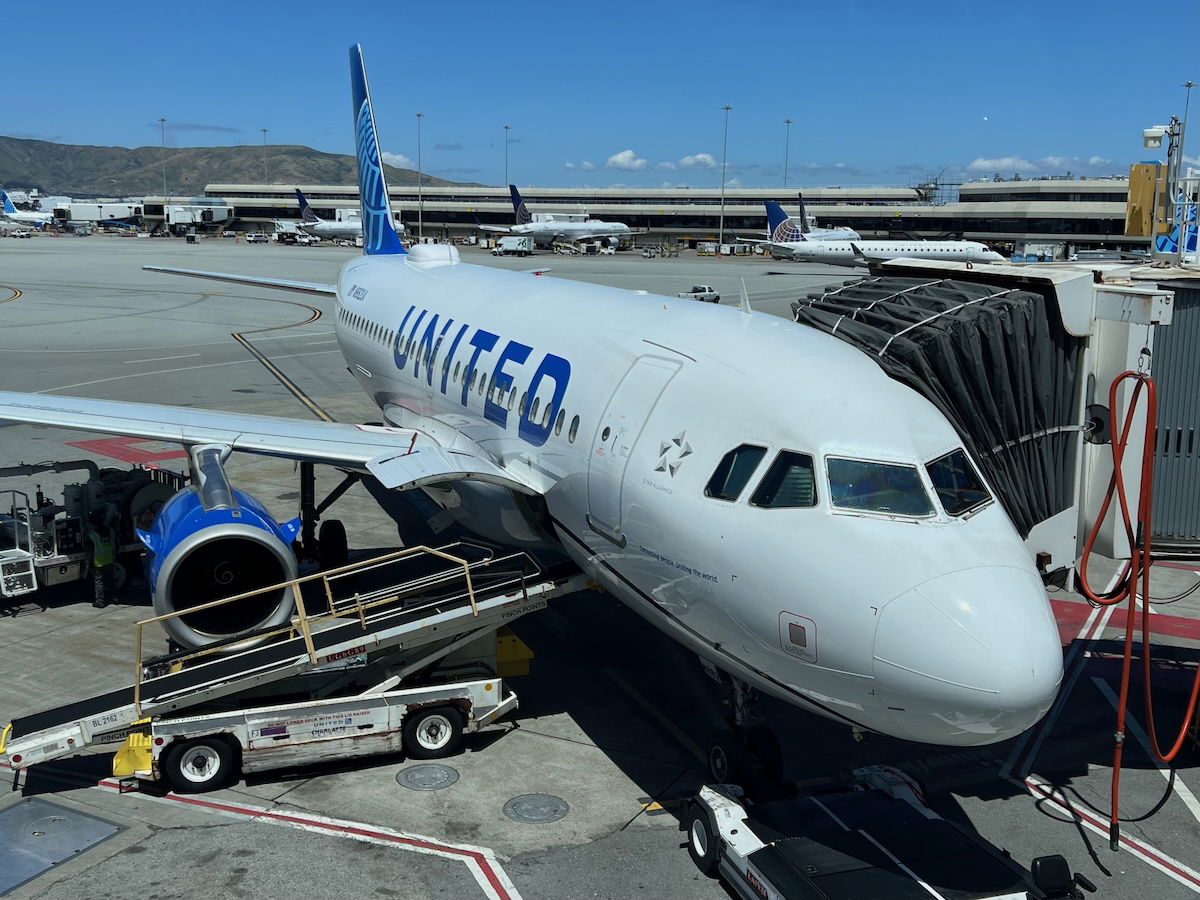
United MileagePlus has no carrier imposed surcharges
United MileagePlus doesn’t add carrier-imposed surcharges to award tickets, so you won’t pay airline-imposed fees that in the hundreds of dollars. Of course taxes on tickets can still add up, with things like the UK Air Passenger Duty (APD).
United MileagePlus offers mileage pooling
United MileagePlus is the only one of the “big three” US loyalty programs to offer mileage pooling. With this, a member can invite up to four family or friends to join their pool. The major catch is that pooled miles can only be used for award flights on United, and not for award flights on partner airlines. That limits the usefulness of this feature, in my opinion.
United MileagePlus lets you redeem on Star Alliance & more
Since United is in the Star Alliance, you can redeem your miles across all Star Alliance airlines (subject to availability). You can also redeem your MileagePlus miles on several airlines that don’t belong to the Star Alliance (in some cases due to technicalities), ranging from Aer Lingus, to Air Dolomiti, to Azul, to Cape Air, to Discover Airlines, to Edelweiss Air, to Eurowings.
All of these partners can be booked directly through united.com, or the United mobile app. Furthermore, I have to give United credit for consistently and accurately displaying award availability online, as that’s something that some other programs struggle with.

The challenge with United MileagePlus miles
Before we discuss the best uses of United MileagePlus miles, I wanted to talk about what I consider to be the biggest weakness of United MileagePlus miles. Simply put, if you’re looking to redeem for premium cabin travel on Star Alliance airlines, MileagePlus generally doesn’t have award pricing that’s competitive to what you’d find through Air Canada Aeroplan or avianca lifemiles.
Now, if you’re directly accruing MileagePlus miles (either through flying or a United co-branded credit card), then that’s a moot point, since you can’t transfer miles to another program. However, if you’re earning Chase Ultimate Rewards points (or another Star Alliance mileage program), then I’d generally argue that there are programs much more lucrative than MileagePlus. For that matter, other programs sell miles at much more attractive costs, all while having lower redemption rates.
For example, want to redeem miles for Lufthansa first class one-way from Frankfurt to Chicago? Air Canada Aeroplan charges 100,000 points, while United MileagePlus charges 140,000 miles. I think it’s pretty obvious which program offers better value


My point is simply to say that even if you’re a United loyalist, don’t necessarily assume that you’re best off transferring your Ultimate Rewards points to MileagePlus compared to another partner. It’s absolutely worth doing your research and exploring other programs for redemptions as well. I’ve shared what I consider to be the most useful programs for award redemptions.
The best uses of United MileagePlus miles
Generally speaking, you’re going to get the most outsized value for your miles if you’re redeeming internationally in first and business class. If there’s saver level award availability (which can of course be tough to find), United’s premium cabin pricing is typically okay, but there are usually competitors with lower award rates.
Originating in the United States, there are two partner awards where I find United MileagePlus to be the best. The first is flying from the United States to Africa in business class, where you’ll pay just 88,000 miles one-way. That’s a great price, given the distance of travel, and is better pricing than you’ll find with most other programs.
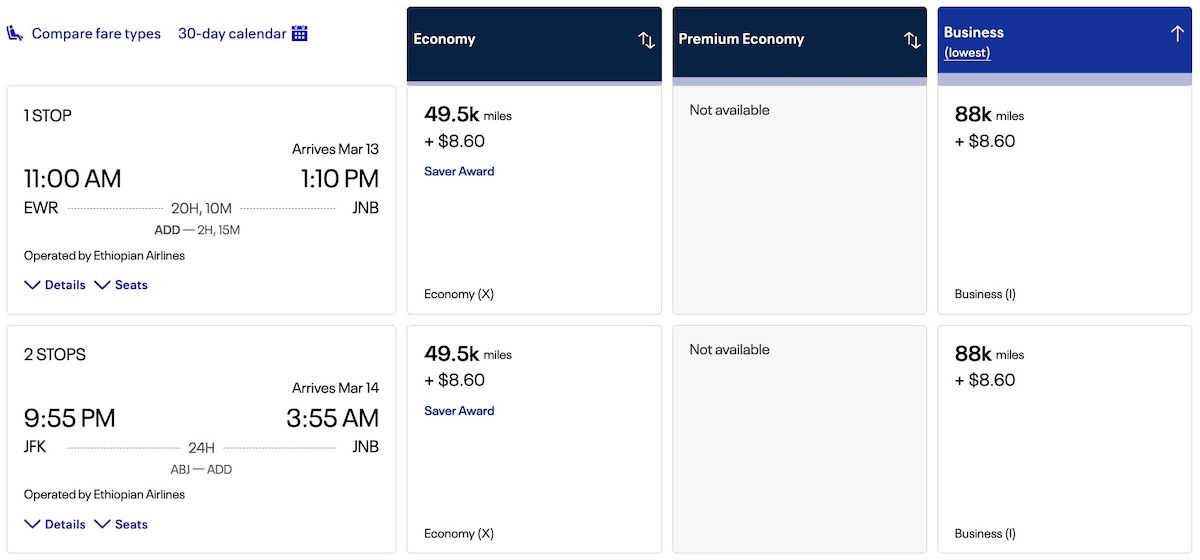
As a matter of fact, you’ll find that business class to Africa often costs less than business class to Europe, despite the itinerary being double the distance. So if you want to visit Africa, MileagePlus miles are awesome.

While this is niche, it’s also cool how United has a close partnership with Copa, and has access to a lot of extra award availability on the airline. If you want to redeem miles for Copa business class, you can generally expect to pay 88,000 miles one-way from the United States to deep in South America. Given the amount of award availability there is (which isn’t available to other partners), I’d say that’s quite a good opportunity.
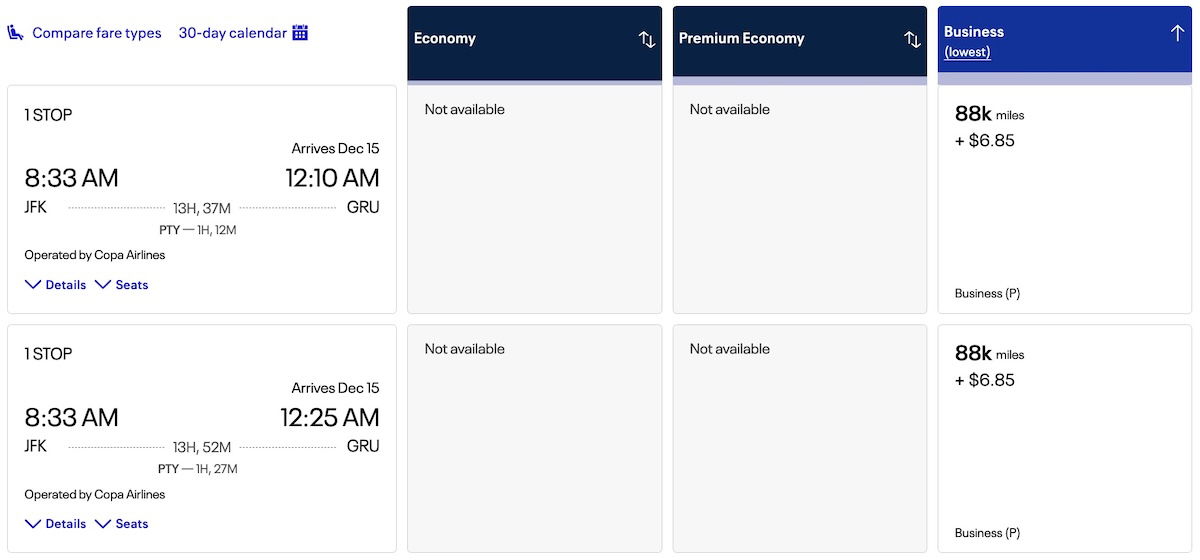
Other than that, I’d say most MileagePlus premium cabin awards go into the “meh” category, where they’re a good option if there’s saver availability and you have MileagePlus miles, while they’re rarely the best pricing you’ll find with any program, so therefore aren’t worth transferring points over.
United does with some frequency release last minute saver level business class award availability on its own flights, and that could be a good deal. But again, you’ll find especially good value to Africa. For example, I’d rather redeem 80,000 miles one-way for business class from Newark to Johannesburg than from Newark to London.


While it’s not necessarily the greatest value, I know that a lot of elite MileagePlus loyalists just end up redeeming their miles for flights on United domestically. Even though the value isn’t necessarily great, it allows them to stay on the “hamster wheel,” by awarding elite credit for those flights.
I think United MileagePlus miles are also useful for speculative bookings, if you’re not sure if you’ll actually take a flight, but you want a placeholder. Air Canada Aeroplan and avianca lifemiles do have change and cancelation fees, so that flexibility offered by United is great.
Bottom line
United MileagePlus isn’t the most lucrative Star Alliance program when it comes to award pricing. If you have United miles, you can still get good value, though if you’re transferring miles to United, I’d think twice about doing that, and would instead consider another program with better redemption rates.
If you ask me, the two markets where MileagePlus excels are business class award flights to Africa (just 80,000-88,000 miles), as well as award flights to South America on Copa (88,000 miles with a huge amount of award availability).
You won’t go wrong with other redemptions, necessarily, but you also won’t get outsized value compared to other programs.
What’s your take on the best uses of MileagePlus miles?





Everybody talks about no redeposit fees but it's recently I incurred $275 award redeposit fee when cancelling 3 United metal direct flights to Caribbean that were booked with pooled miles. Couldn't do it online since United wanted to collect $275 for redeposit. I got a "courtesy one time" waiver when calling United customer service. Nowhere online there is a mention of a redeposit fee of any kind , including for trips booked with pooled miles.
Question re your comment about booking using Copa to S America. We flew from ORD to PTY; we upgraded our seats. I believe it was a 2:2 configuration and not lie flat seats; more like domestic first class. Does Copa have true lie flat seats for a long haul flight to S America as sometimes these flights are 8-10 hours or more?
I just changed a flight for next summer CGK to BKK from 45K miles with United to 30K miles with Aeroplan. or 25K miles taking into consideration the 20% bonus from Ultimate Rewards to Aeroplan. Exact same flight on Singapore metal.
Aeroplan award tickets might cost less in miles, but the call center has a *terrible* reputation for being impossible to get ahold of when you need them. I've found that with United, I'm usually able to reach empowered agents who can help, in a reasonable amount of time. To me that's worth the cost in miles. And not all their price differences are as stark as the 40,000 mile difference in first class ticket to...
Aeroplan award tickets might cost less in miles, but the call center has a *terrible* reputation for being impossible to get ahold of when you need them. I've found that with United, I'm usually able to reach empowered agents who can help, in a reasonable amount of time. To me that's worth the cost in miles. And not all their price differences are as stark as the 40,000 mile difference in first class ticket to Europe: my most recent United award was just under 90k in J to India one-way. Aeroplan was 10k less for the same award, but I chose to transfer my points to United. (Now, if only transfers to United from Chase were always instantaneous... but sometimes they take a few days, and it seems totally random.)
You didn't mention Pacific routes, where United has monopoly. On some segments, it's cheaper to buy cash tickets and on some it's better to even buy miles to book.
While living in UK, the only way for me is to buy miles from time to time, except earning them on flights.
Since United has agressive cashback offers, I have plenty of flights on them booked.
Do you like to share which are good for miles and which are good to buy in cash as looking to go to Australia next year.
What you write about the flights to jnb is a little misleading. The redemption that you'll get for 88k is with 2 stopovers on a subpar business class (Ethiopian airlines). Whereas the direct flight on united is 190k if you're lucky (usually around 240k). I personally would rather spend 80k to fly to Europe on a normal business class, than a 2-2-2 setup. (Although, once in a blue moon you can find a direct flight for 80k).
If you have United Club card and you live near a United hub then it’s unbeatable as United gives the best last minute offers whether domestic or international.
Like you said you United miles offer flexibility so you can make prospective bookings and wait for last minute deals on United or other airlines and cancel booking
Those were the days. I have booked through UA last minute countless times, but that's pretty much dried up lately, and filled with 'Mixed cabin', coming from HI.
I prefer booking through United for partner award flights in because there are no change fees if the fare is the same and there are no refund or cancelation fees. The United site is also super easy to use and gives me peace of mind if I need to change, cancel, modify, etc... The biggest frustration I have with United is the partner phantom availability. It's also rarely mentioned in most reviews that the lowest...
I prefer booking through United for partner award flights in because there are no change fees if the fare is the same and there are no refund or cancelation fees. The United site is also super easy to use and gives me peace of mind if I need to change, cancel, modify, etc... The biggest frustration I have with United is the partner phantom availability. It's also rarely mentioned in most reviews that the lowest Aeroplan awards have significant restrictions and often higher taxes/fees. For me personally, the extra miles paid through United is well worth it.
Where the heck did you find I space to JNB. The Unicorn United award.
Aeroplan also seems allergic to showing ANY direct award flights. It’s always a 1- or (more likely) 2-stop itinerary. It’s maddening.
Just curious what you think about using points to pay for upgrades on international coach fares? United does charge a hefty fee on top of points but certainly a lot cheaper then full business class fares.
Totally with you - it's not as great as it use to be. I still remember 60K miles one way on Lufthansa First Class... all the way from Chicago to Japan via Frankfurt. That deal went away in 2014 and it was fantastic.
Now though, I'm going to Rwanda and it is 88k each way on Ethiopian in Business. Cant beat that!
Lifemiles and Air Canada are pretty much worthless to Asia since so many Star Alliance partners block premium cabin awards with them (including United seats). The only thing I find the above two useful for is last minute Lufthansa redemptions.
Aeroplan blocks the space to push their own crappy metal that is dynamically priced. That's why you won't see ANA Thai, Etihad or Asiana via Aeroplan.
@Bob this is such a a nonsensical take IMO- Thai also blocks the space from LifeMiles and ANA started blocking T-14 J from Virgin. It stands to reason that airlines don't wanna give away their best products to North American programs minting billions of points. Why would Aeroplan hide routes they don't even serve like Thai BKK- Japan/EU or ANA intra-Asia routes?
Well not always - I found SEA-SIN for 2 tickets in February via Aeroplan for 87,500/pp. I paid 1.1 cents per point for those during a sale plus some AmEx transfer bonuses = less than $1000USD per ticket for 17 hours in Singapore business class. I did book at window opening 355 days ahead, but...yes please!
Also worth mentioning is that United card holders also get discounts on award pricing
Agree. As a 1K who flies regularly for work my cost of accruing miles is low. I often find discounted awards as a Chase cardholder and also recently scored several 25% back redemptions from Chase for business spending. I am stacking a cardmember discount and a 25% rebate for two Polaris tickets btw Asia and West Coast next year. There is zero saver availability on any other program (~500K out of YVR for AC) and...
Agree. As a 1K who flies regularly for work my cost of accruing miles is low. I often find discounted awards as a Chase cardholder and also recently scored several 25% back redemptions from Chase for business spending. I am stacking a cardmember discount and a 25% rebate for two Polaris tickets btw Asia and West Coast next year. There is zero saver availability on any other program (~500K out of YVR for AC) and the stacked discount is bringing these segments down from 210K to ~ 130K/per ticket. About 2.7 cents per mile vs current cash cost. Is it the world’s best redemption? Nope. But it’s solid for someone who doesn’t have the luxury of flying only when saver space is available. And yes I moved UR over to fill out my balance at 2.7 cents valuation. Plus I’ll earn about 1700 PQPs.
Now don’t get me started on Plus Points…
Where are these 25 percent cash back bonuses coming from?